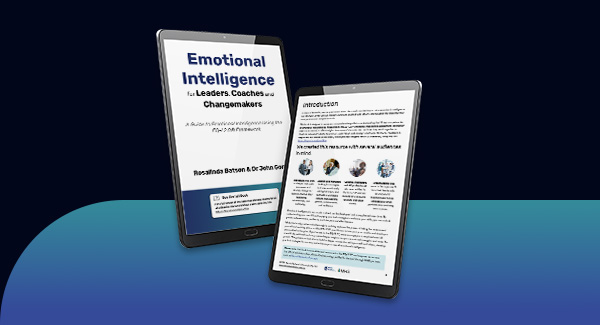What Role Does Emotional Intelligence Play in Leadership?
Emotional intelligence (EQ) refers to the ability to understand, use, and manage your own emotions in positive ways to achieve your goals. It also involves empathy and understanding the emotions of others.
Emotional intelligence plays a crucial role in effective leadership, as it enables leaders to:
- Build strong relationships: EI helps leaders establish trust and rapport with their team members by understanding their emotional needs and perspectives.
- Communicate effectively: Leaders with high EI can express themselves clearly and empathetically, fostering open and honest communication within their team.
- Resolve conflicts: EI allows leaders to address conflicts calmly and constructively, finding solutions that satisfy all parties involved.
- Motivate and inspire: Leaders who can connect with their team members on an emotional level can motivate them to perform at their best and achieve shared goals.
- Manage stress and adversity: EI helps leaders cope with the challenges and pressures of leadership, maintaining their own emotional well-being and resilience.
While some people may have a natural inclination towards EI, it's a skill that can be developed through practice and training. By actively working on their EI, leaders can become more effective, more empathetic, and more successful in their roles.
Case Study
The following case study examines the leadership styles of two individuals faced with a significant team setback. One leader demonstrates high emotional intelligence, while the other exhibits lower levels of EI. By analysing their approaches and outcomes, we can better understand the critical role of emotional intelligence in effective leadership.
Imagine a high-performing team has been working on a critical project for several months. Due to unforeseen circumstances, the project is significantly behind schedule and faces the risk of failure.
Leader A: High Emotional Intelligence
- Empathy and Understanding: Leader A recognises the emotional impact of the setback on the team members. They express empathy and understanding for their frustrations and concerns.
- Open Communication: They foster an open communication environment where team members feel comfortable sharing their thoughts and feelings without fear of judgment.
- Problem-Solving Focus: Leader A shifts the focus from blame to problem-solving. They work collaboratively with the team to identify the root causes of the delay and develop a new plan to get the project back on track.
- Motivational Support: They provide ongoing support and motivation to the team, emphasising their belief in their abilities and the team's resilience.
- Stress Management: Leader A encourages healthy stress management techniques, such as mindfulness or exercise, to help the team cope with the challenges.
Leader B: Lower Emotional Intelligence
- Blame and Criticism: Leader B may resort to blaming the team members for the setback, creating a negative and demotivating atmosphere.
- Closed Communication: They may be reluctant to listen to the team's concerns or ideas, leading to a breakdown in trust.
- Crisis Management: Leader B may focus solely on crisis management, rather than addressing the underlying issues that contributed to the delay.
- Negative Reinforcement: They may use fear or punishment to motivate the team, which can lead to decreased morale and performance.
- Stressful Leadership: Their own stress and anxiety can be contagious, further impacting the team's morale and productivity.
Outcome:
- Leader A: By fostering a supportive and collaborative environment, Leader A is more likely to maintain the team's morale and motivation. They can effectively address the challenges and develop a successful plan to recover from the setback.
- Leader B: Leader B's approach may lead to decreased morale, increased turnover, and ultimately, the failure of the project. The negative impact on the team can be long-lasting.
Sign up for the Neural Networks Newsletter
Join our mailing list to receive information on leadership, sales, and emotional intelligence.

 +61 9555 7955
+61 9555 7955